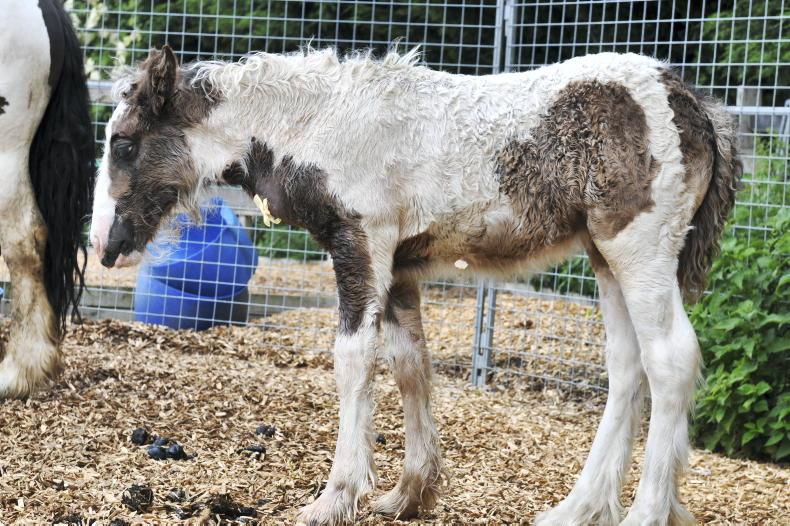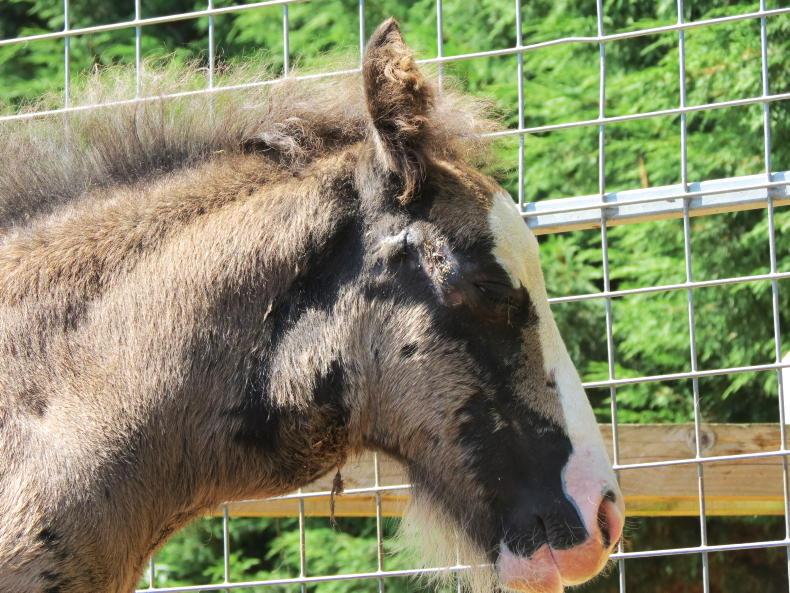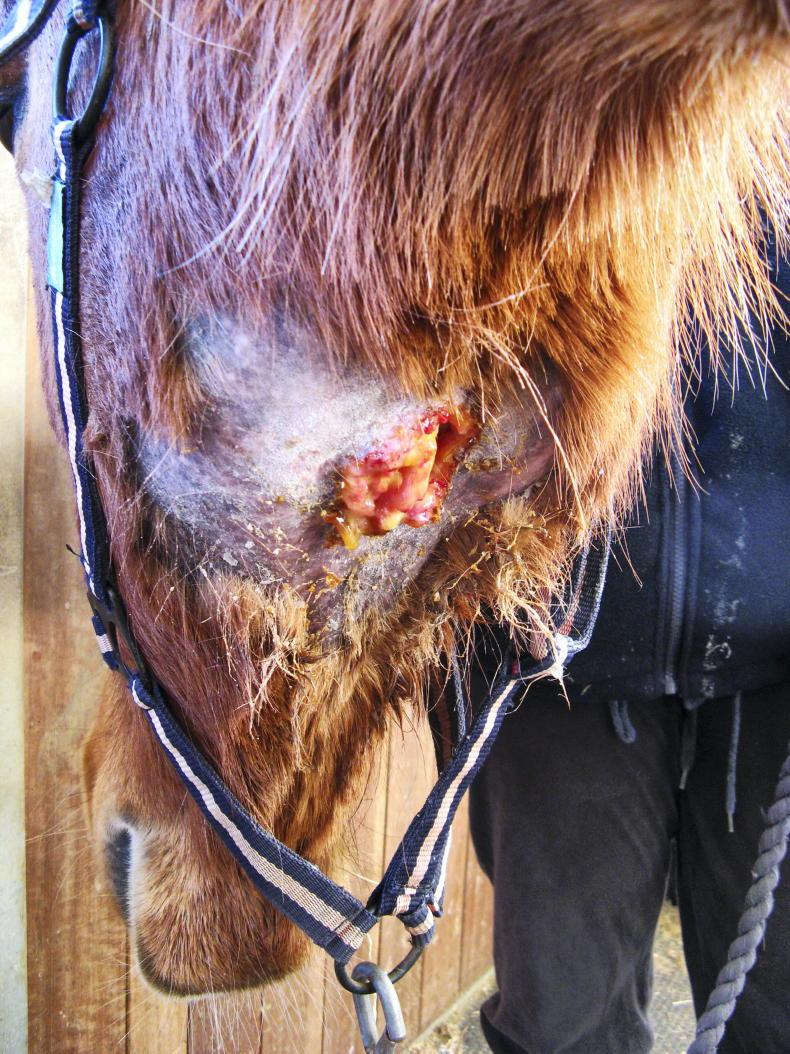WE are sure that the new strangles vaccine will be a vital tool in disease prevention and a huge benefit to the equestrian industry,” announced Sara Barker of Dechra Veterinary Products. Dechra has announced a ground-breaking vaccine to protect horses and ponies against strangles. Developed over 25 years, Strangvac is the first and only intramuscular vaccine for strangles - a highly contagious disease caused by the Streptococcus equi bacterium.
Strangvac is proven effective in more than 94 per cent of horses, reducing the clinical signs of strangles, including high temperature, coughing. Difficulty swallowing and inappetance. It can be administered to foals from the age of five months, with two injections given at a four-week interval.
The manufacturer states that horses at high risk of Streptococcus equi should be re-vaccinated after two months, such as those in livery. Immunological memory was found in horses following repeated vaccination six months after primary vaccination.
Dr Andrew Waller, chief scientific officer at Intervacc AB, the company that developed the vaccine, comments: “Strangvac is a ground-breaking new vaccine which, alongside good stable management and biosecurity procedures, can play a really important role in improving herd immunity and reducing the number of strangles cases in the equine population, thereby preventing major economic loss to the equestrian industry.”
Sara Barker, equine field support manager at Dechra, added: “Strangles is highly contagious and is one of the most common equine respiratory diseases with an estimated 600 outbreaks each year in the UK alone. Feared by horse owners due to the potential severity of clinical signs and the infectious nature of strangles, we are sure that the new strangles vaccine will be a vital tool in disease prevention and a huge benefit to the equestrian industry as a whole.”
STRANGLES is a highly contagious bacterial infection of the of the head and neck caused by the bacterium Streptococcus equisubspecies equi (S. equiequi). What should I look out for? Clinical signs can vary between individuals and signs to look out for include: There is also a form of the disease known as ‘atypical strangles’ which is when horses only show very mild clinical signs, but they are still infectious. Complications Some cases develop serious complications: Transmission Strangles is transmitted by both direct horse to horse contact and indirectly via contaminated drinking water, feed, equipment and people. Carriers Approximately one in 10 horses that recover from strangles become long-term carriers. This is when clinical signs resolve, but some bacteria remain in the guttural pouch. These bacteria will shed periodically without any clinical signs and can infect in-contact horses. Diagnosis An initial diagnosis may be based on clinical signs. There are tests available to confirm if a horse is suffering from strangles and swabs or other samples can be collected to check for the bacteria. Treatment Treatment is aimed at keeping the horse comfortable with good nursing and supportive care and anti-inflammatory medication. Most horses will recover within three to four weeks, but more severe cases may take longer to resolve. Prevention New horses entering a yard should be isolated for 3-4 weeks before joining a herd. As a horse can be a silent carrier without showing any clinical signs, blood tests are useful to identify these animals. Vaccination is a useful management tool, alongside good stable management and biosecurity measures, and can play a really important role in improving herd immunity and reducing the number of strangles cases in the equine population. Outbreak management The yard/premises should be closed to prevent horse movement and horses should be split into three groups: The groups should be managed separately and all equipment must be thoroughly disinfected. Any horse in the amber or green group which develops clinical signs should be moved to the red group immediately. Rectal temperatures should be taken twice daily to check for fever. The premises should remain closed, with no horse movements, until free of disease.


 This is a subscriber-only article
This is a subscriber-only article
 It looks like you're browsing in private mode
It looks like you're browsing in private mode







SHARING OPTIONS: